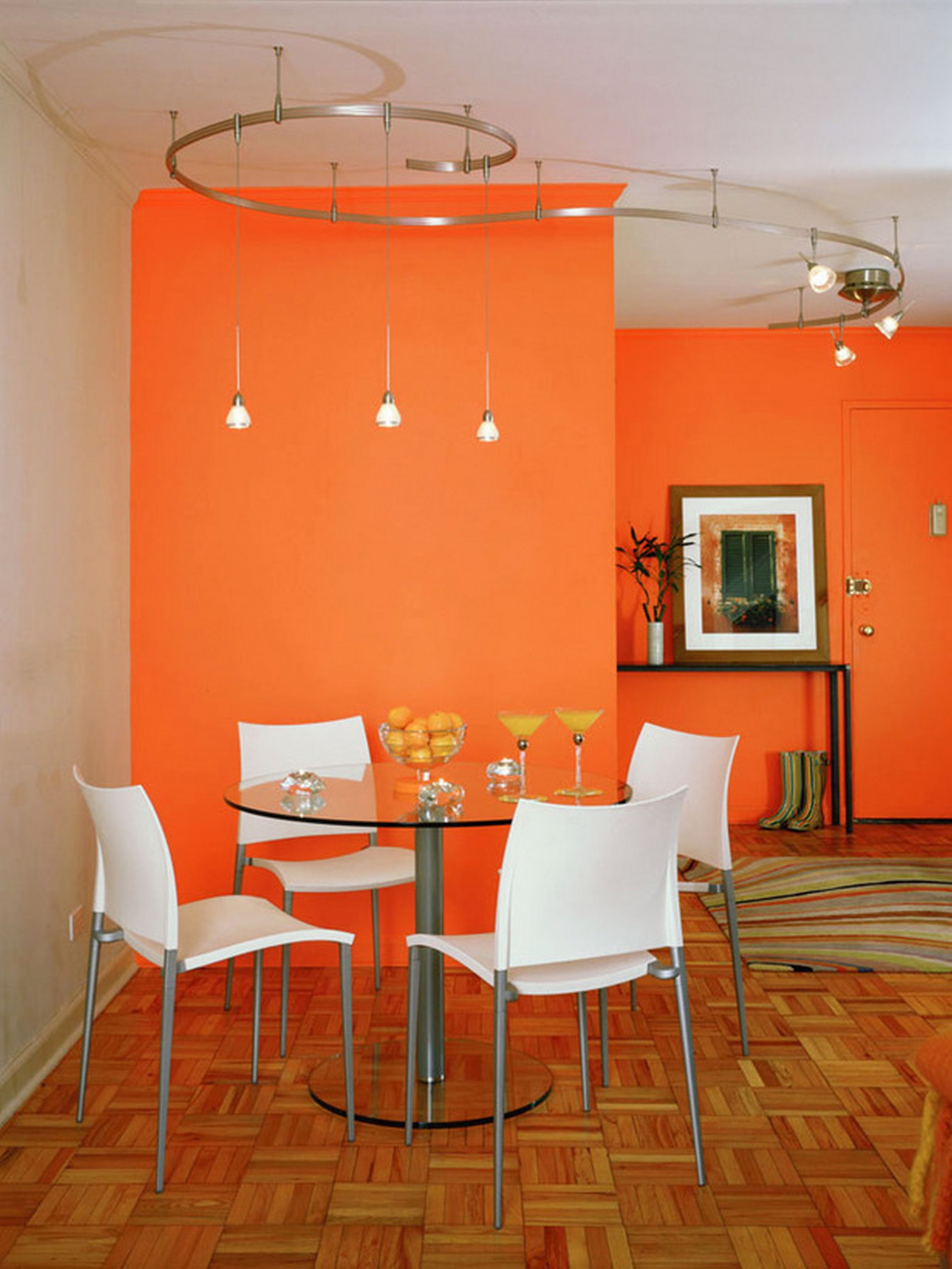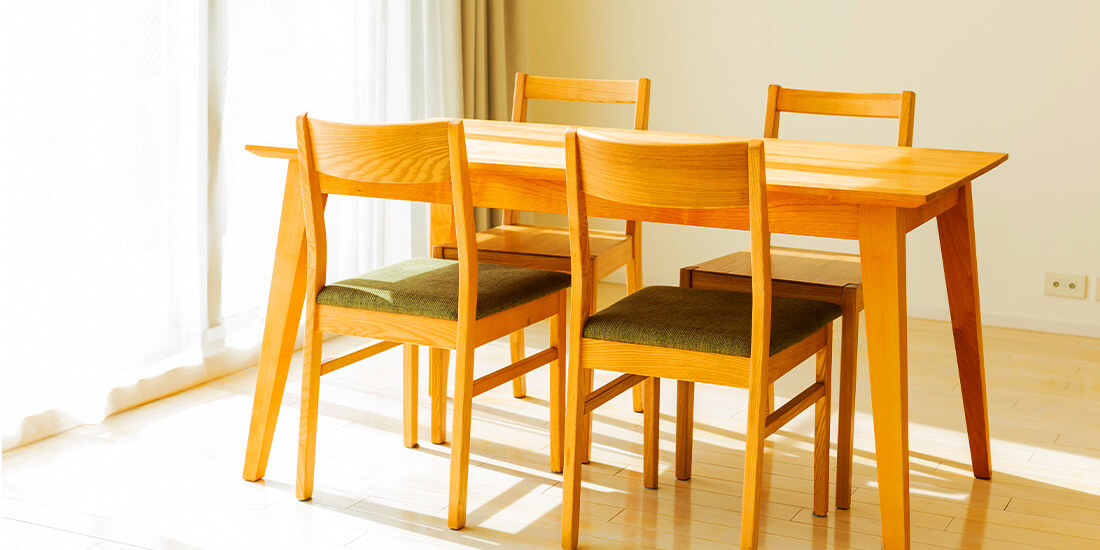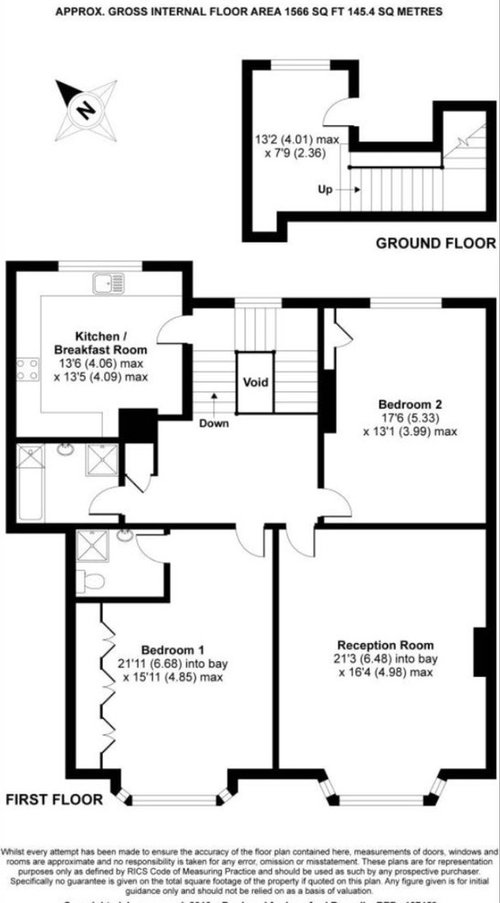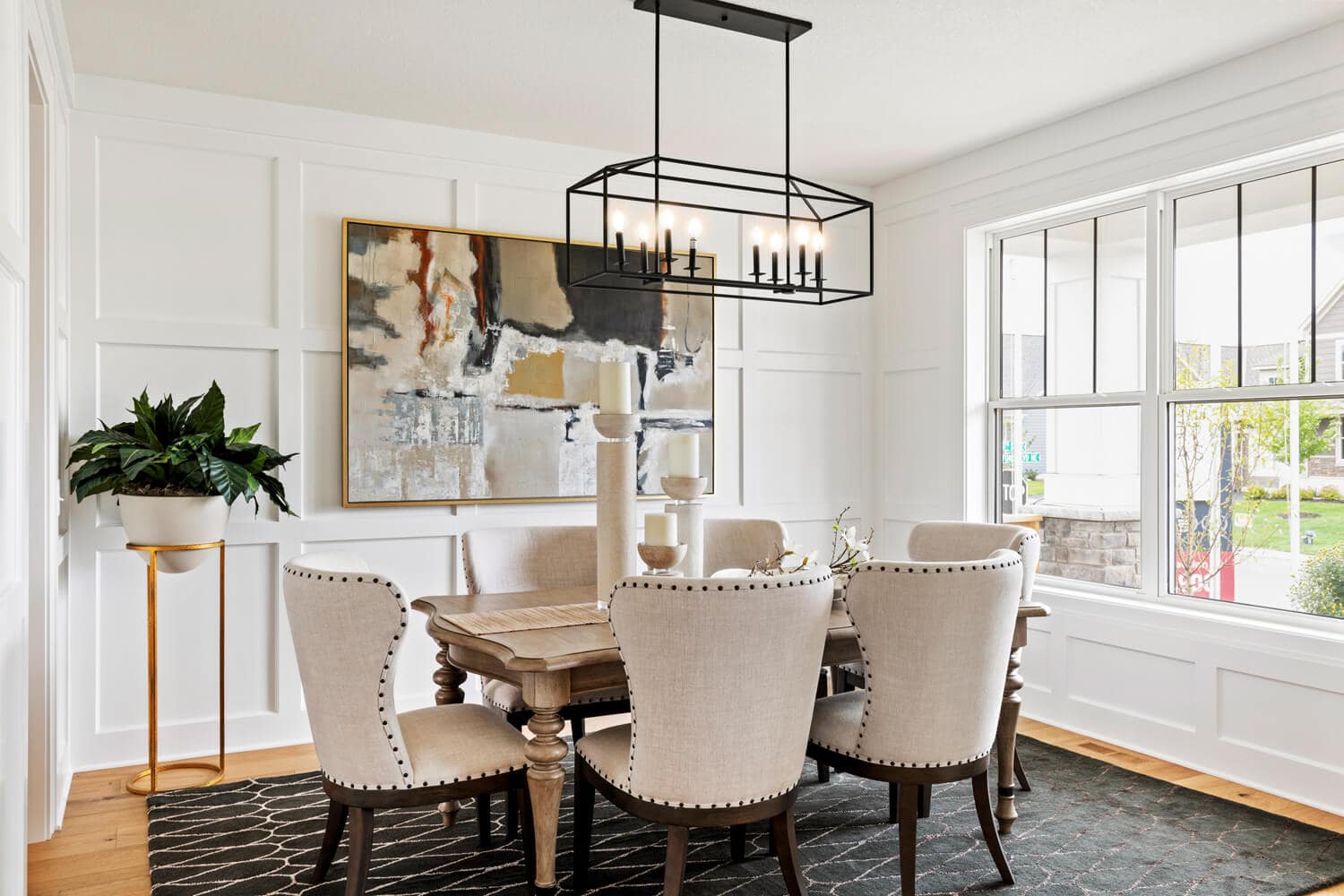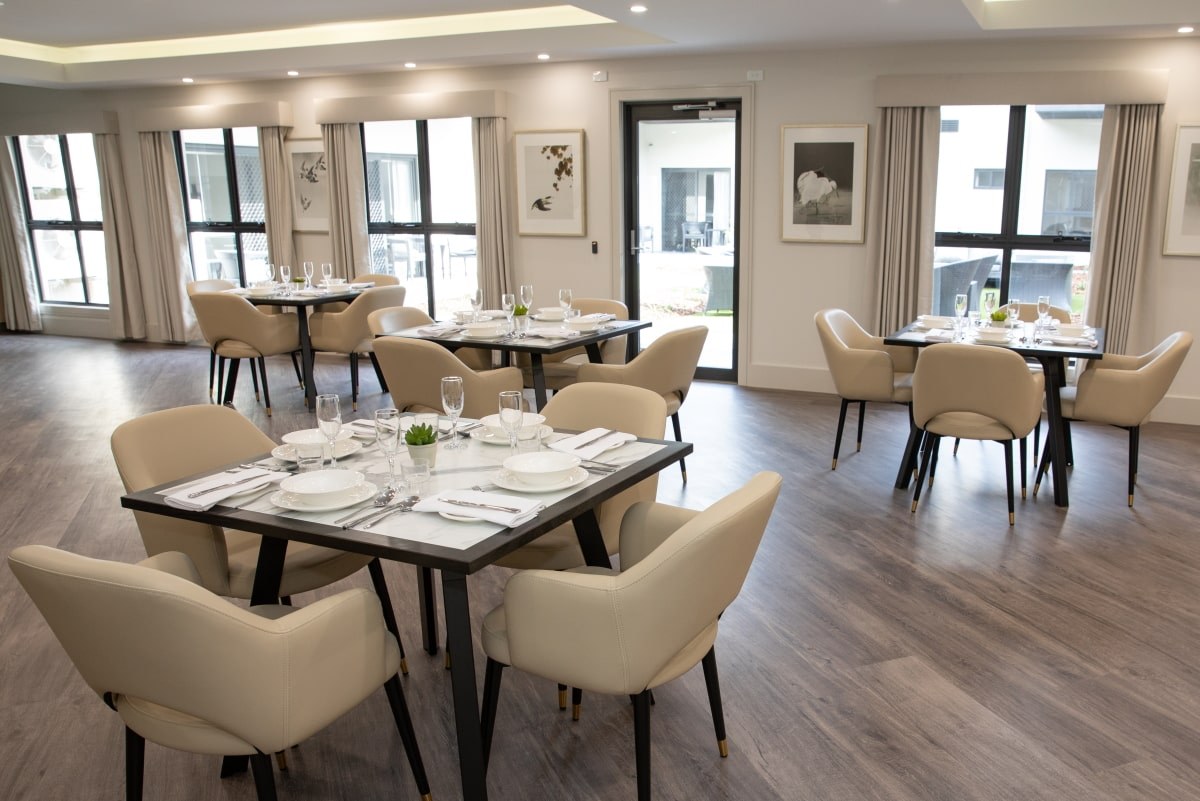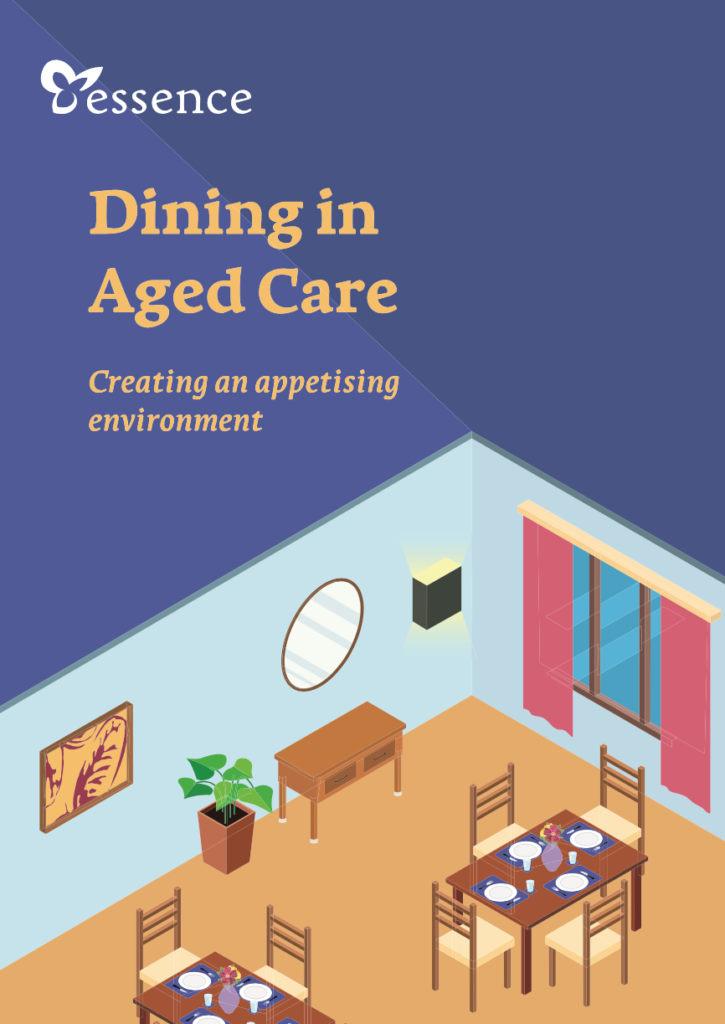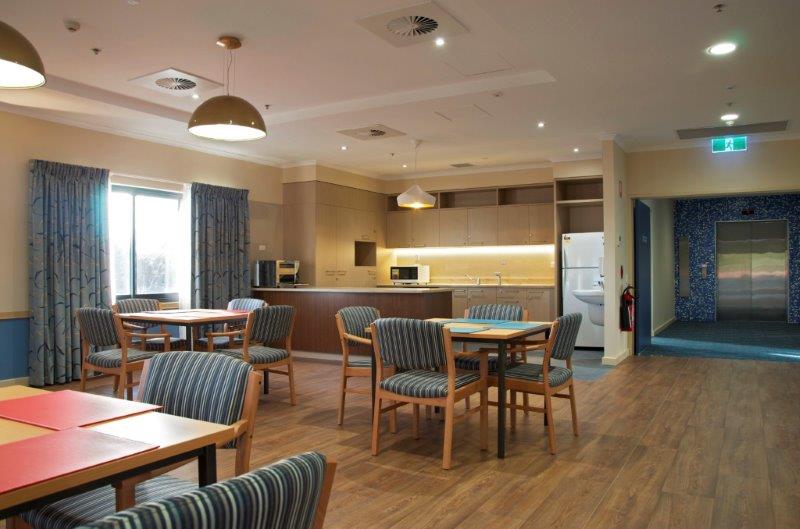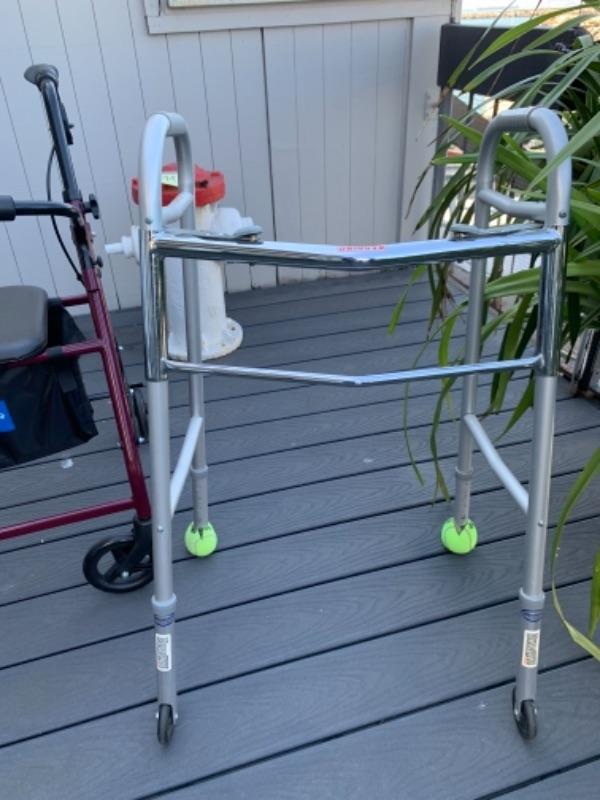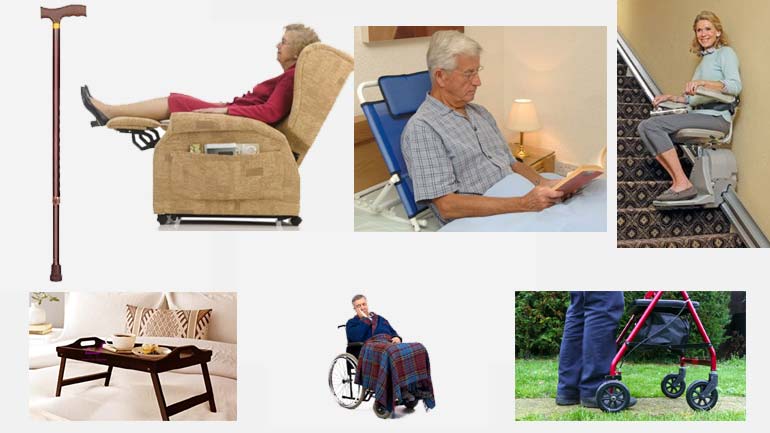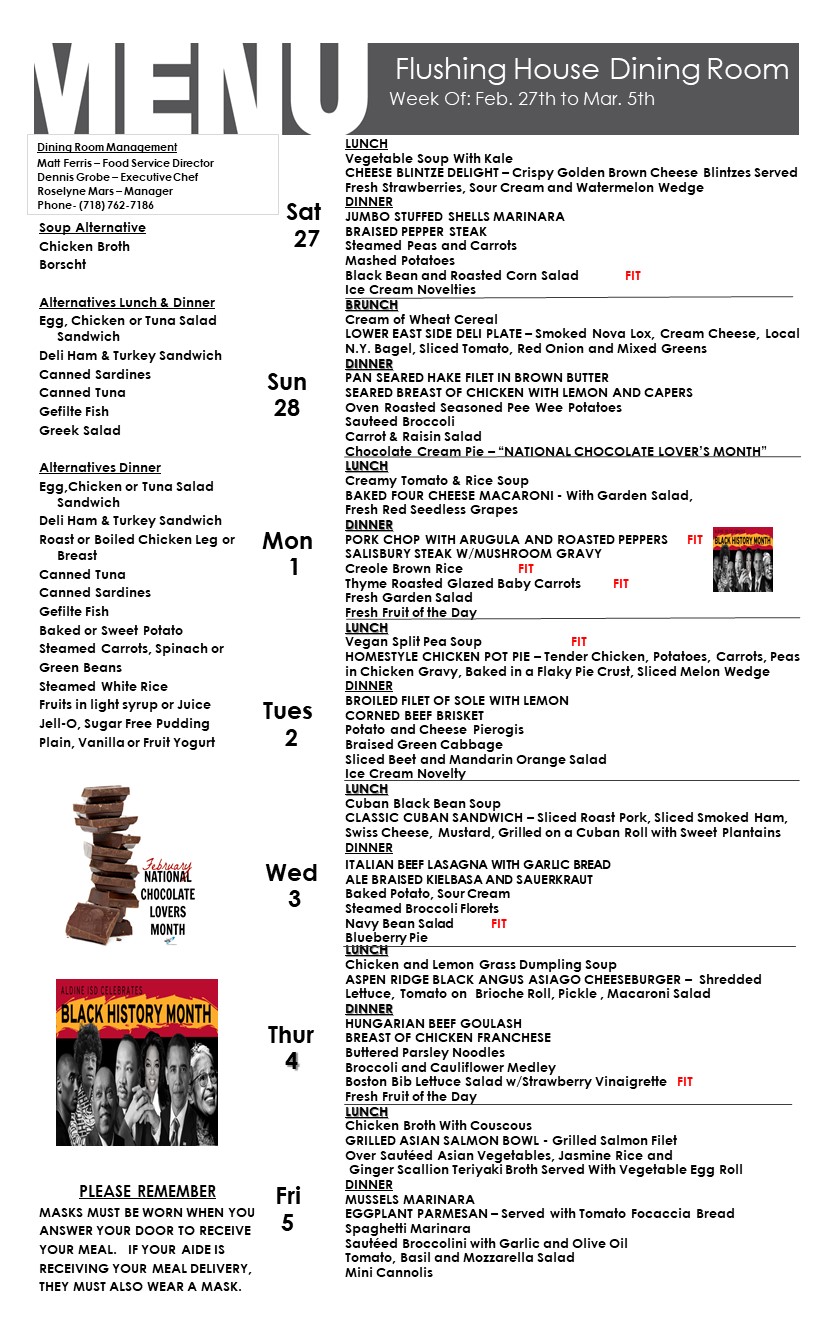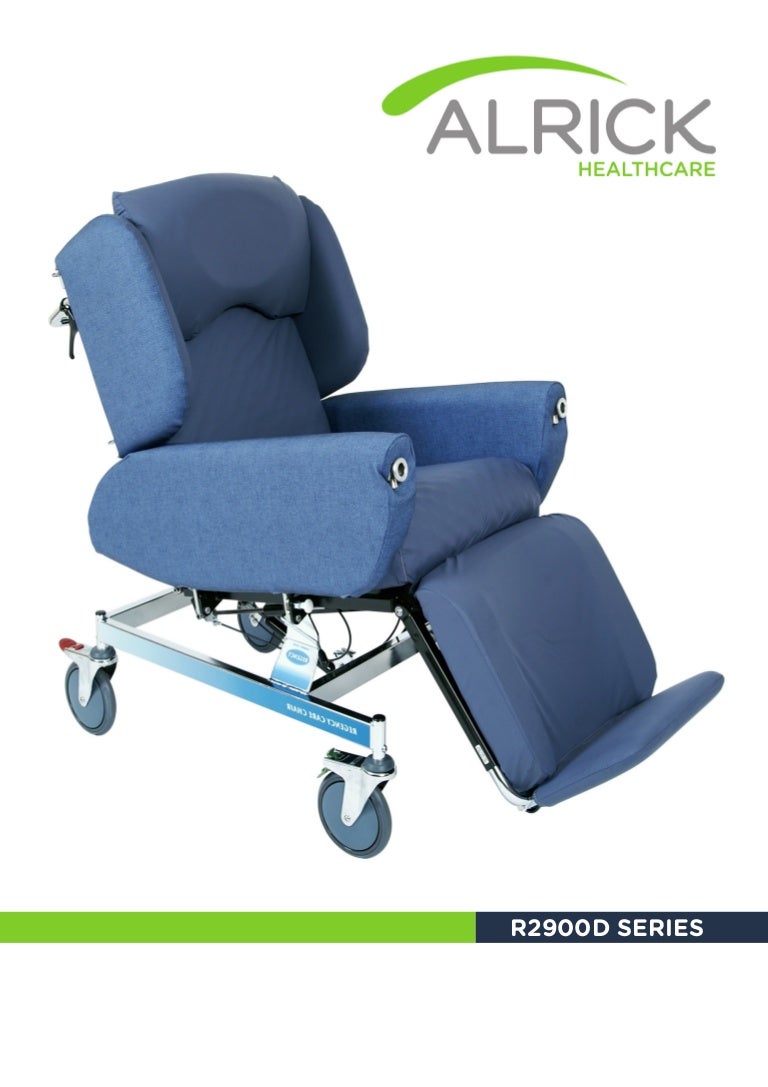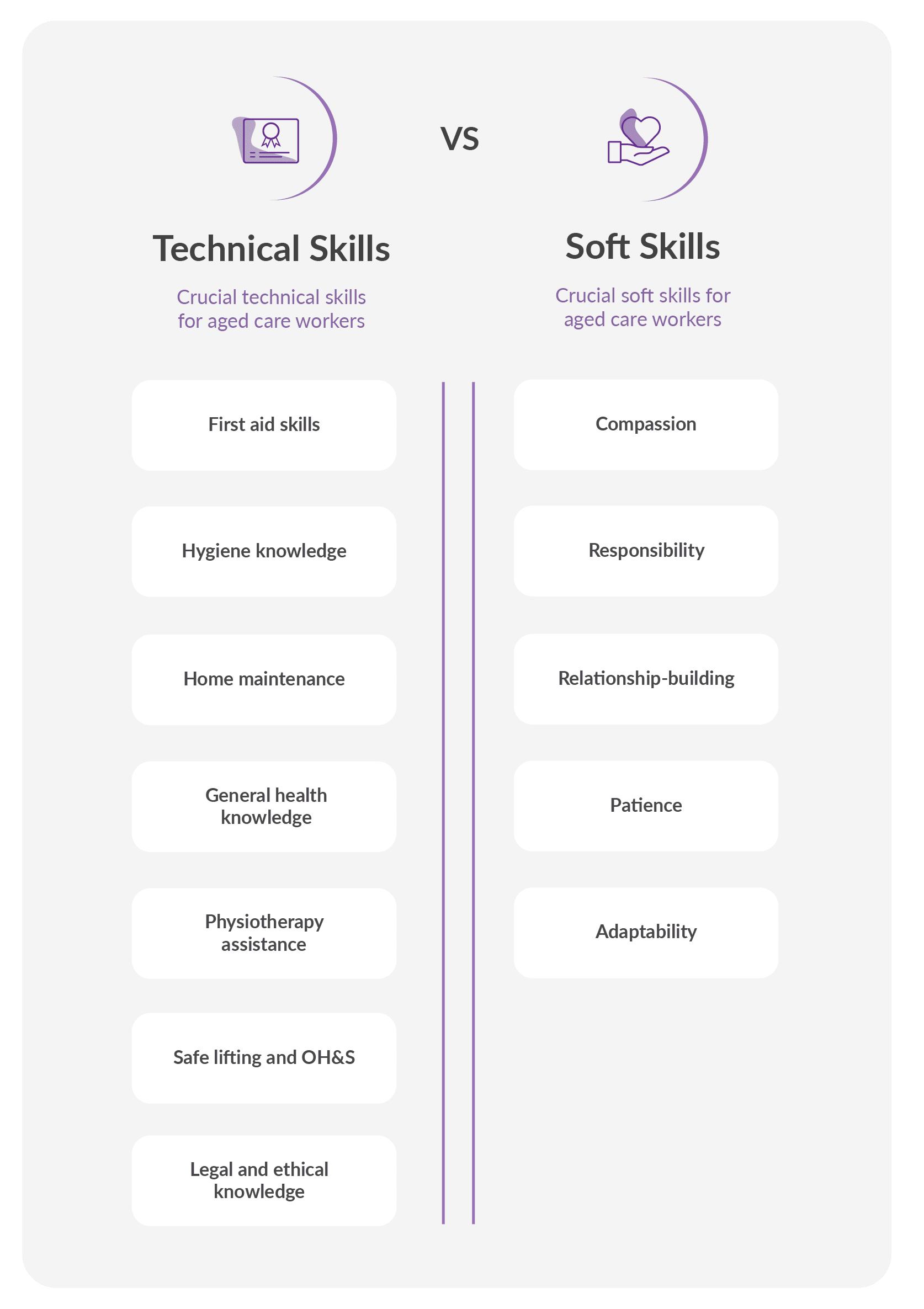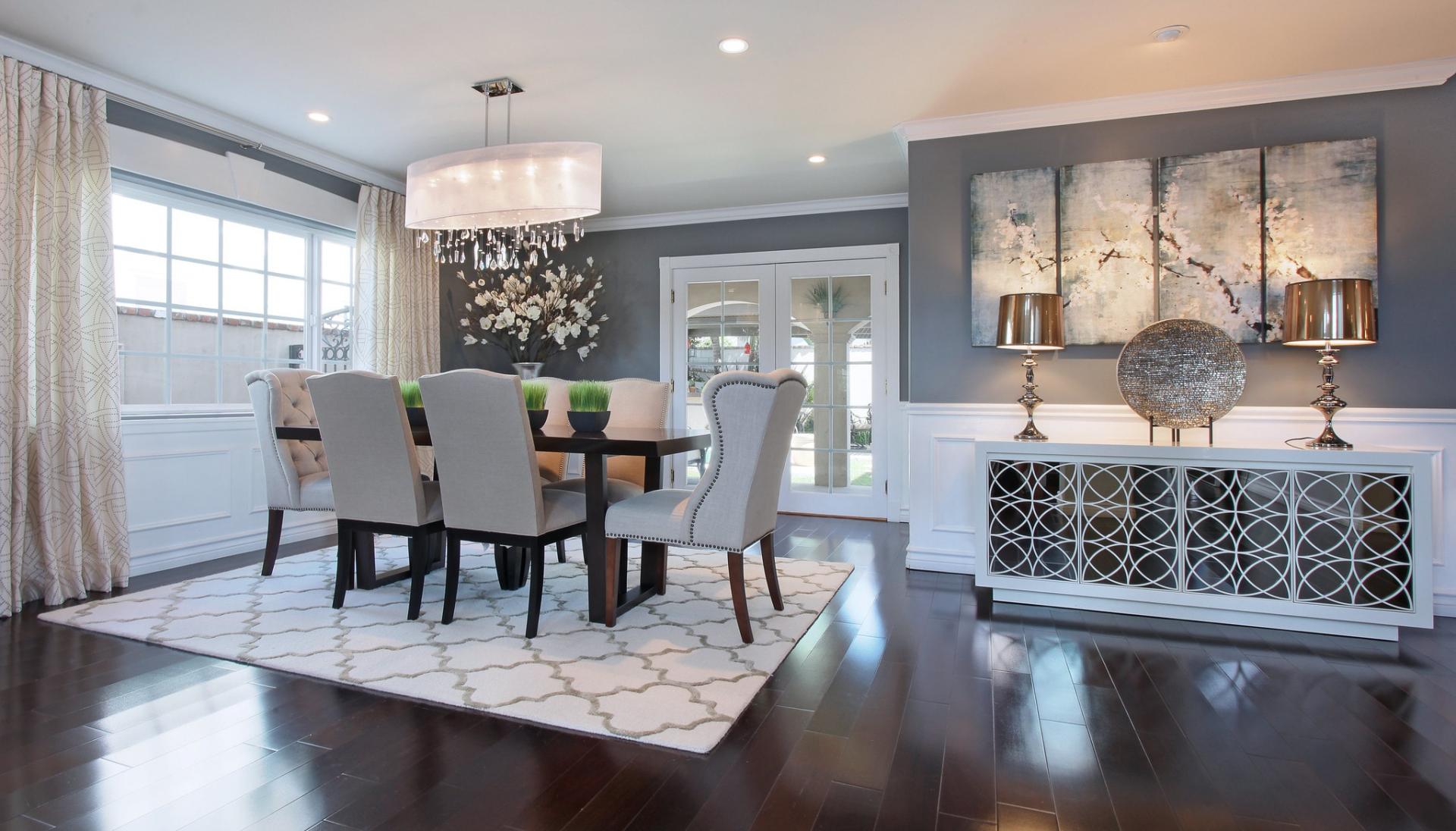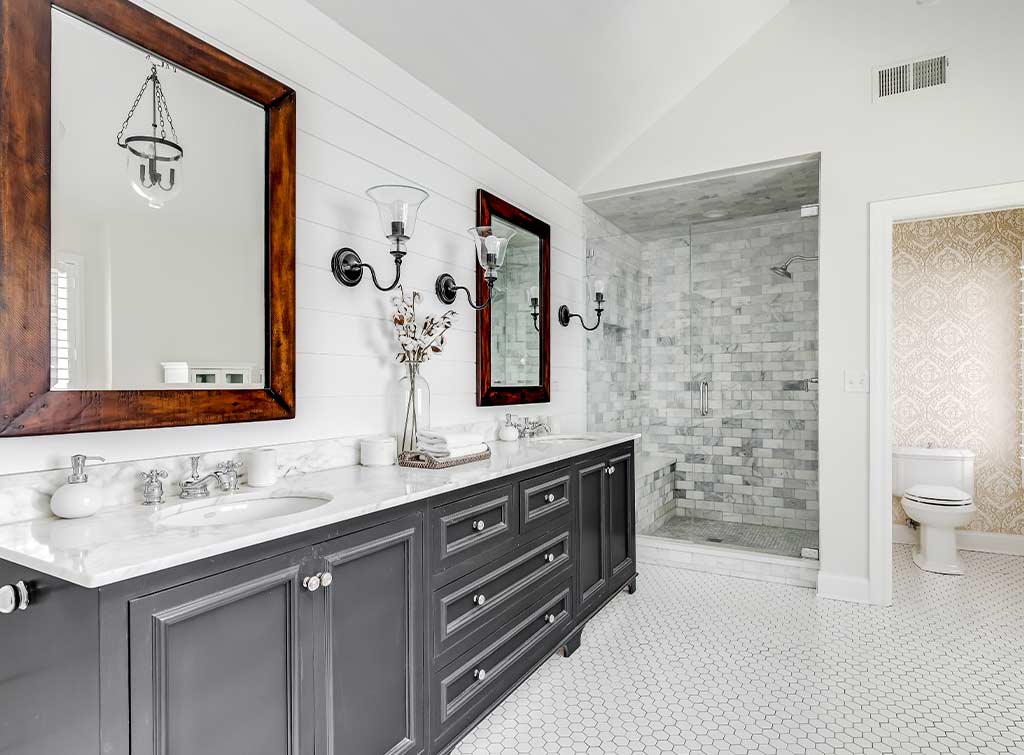When it comes to designing an aged care dining room, there are several important factors to consider. The design should not only be visually appealing, but also functional and safe for the residents. It should also take into account the different physical and cognitive abilities of the residents. Design should be focused on creating a comfortable and welcoming atmosphere that promotes social interaction and independence for the residents. This can be achieved through the use of warm colors, natural lighting, and comfortable seating options. Aged Care Dining Room Design
Choosing the right furniture for an aged care dining room is crucial. It should be both comfortable and practical. This means opting for chairs with sturdy arms and back supports, as well as tables that are easy to clean and maneuver around. Furniture should also be able to accommodate different seating arrangements, such as wheelchair users. It is important to choose furniture that is durable and can withstand frequent use. Aged Care Dining Room Furniture
The layout of an aged care dining room is essential in creating a functional and efficient space. The dining room should be easily accessible for all residents, including those with mobility aids. It is important to have enough space between tables to allow for easy movement and to accommodate wheelchairs. The layout should also consider the placement of equipment, such as food carts and serving stations, to ensure smooth flow and avoid congestion. Aged Care Dining Room Layout
Safety is a top priority in any aged care dining room. This means taking into consideration the unique needs and abilities of the residents. The dining room should have proper lighting, non-slip flooring, and clear pathways for safe movement. Safety measures should also be in place for handling and serving food, such as proper food temperatures and allergen awareness. Aged Care Dining Room Safety
Having the right equipment in an aged care dining room is crucial in providing efficient and high-quality service to the residents. This includes items such as food carts, serving trays, and utensils. All equipment should be well-maintained and regularly checked for safety and functionality. It is also important to have equipment that is easy to use and accessible for all staff members. Aged Care Dining Room Equipment
There are regulations and guidelines that must be followed when it comes to setting up an aged care dining room. These regulations ensure the safety and well-being of the residents and should be strictly adhered to. This includes proper hygiene practices, food safety standards, and compliance with accessibility requirements for people with disabilities. Regulations should be regularly reviewed and updated to ensure the dining room is meeting the necessary standards. Aged Care Dining Room Regulations
The menu is an important aspect of an aged care dining room. It should offer a variety of nutritious and appetizing options that cater to the dietary needs and preferences of the residents. The menu should also be regularly updated to incorporate seasonal produce and new dishes. Menus should be displayed in an easy-to-read format and include any allergen information. Aged Care Dining Room Menu
The staff in an aged care dining room play a crucial role in ensuring the well-being and satisfaction of the residents. It is important to have enough staff members to provide personalized and efficient service. This includes having trained and qualified staff, as well as a designated person in charge to oversee the dining room operations. Staffing should also take into consideration the different dietary needs and cultural preferences of the residents. Aged Care Dining Room Staffing
Mealtimes in an aged care dining room should not only be about food, but also about social interaction and engagement. This can be achieved through incorporating activities into mealtimes, such as themed meals or live music performances. These activities can help promote a sense of community and stimulate the minds of the residents. Aged Care Dining Room Activities
Proper hygiene practices are essential in an aged care dining room to prevent the spread of illnesses and maintain the health of the residents. This includes regular hand washing, proper cleaning and sanitizing of surfaces, and proper storage and handling of food. Hygiene should be a top priority for all staff members and should be regularly monitored and enforced. Aged Care Dining Room Hygiene
Aged Care Dining Room: Creating a Comfortable and Functional Space

The Importance of Design in Aged Care Facilities
 As we age, our needs and abilities change. This is especially true for those who require aged care. It is essential to create a space that is not only aesthetically pleasing but also functional and safe. The
dining room
is an important area in an aged care facility, as it is where residents gather to share meals and socialize. Therefore, the design of the
dining room
plays a crucial role in enhancing the overall well-being of the residents.
As we age, our needs and abilities change. This is especially true for those who require aged care. It is essential to create a space that is not only aesthetically pleasing but also functional and safe. The
dining room
is an important area in an aged care facility, as it is where residents gather to share meals and socialize. Therefore, the design of the
dining room
plays a crucial role in enhancing the overall well-being of the residents.
Making the Dining Room Comfortable and Inviting
 When designing an
aged care dining room
, it is important to consider the comfort of the residents. Many elderly individuals have mobility issues and may require assistance getting in and out of their chairs. Therefore, it is essential to have ergonomic chairs that provide proper support and are easy to move. Additionally, the
dining room
should be well-lit, with large windows to allow natural light in, creating a warm and inviting atmosphere.
When designing an
aged care dining room
, it is important to consider the comfort of the residents. Many elderly individuals have mobility issues and may require assistance getting in and out of their chairs. Therefore, it is essential to have ergonomic chairs that provide proper support and are easy to move. Additionally, the
dining room
should be well-lit, with large windows to allow natural light in, creating a warm and inviting atmosphere.
The Role of Color and Texture in Design
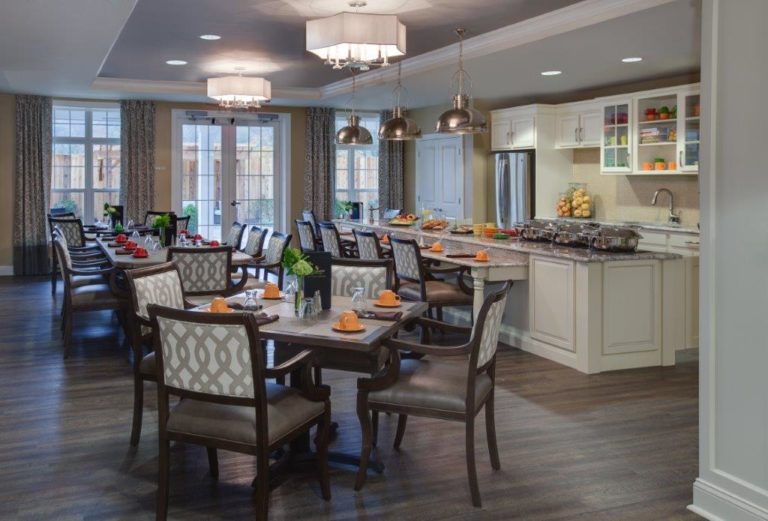 Colors and textures can greatly impact the mood and ambiance of a space. In an
aged care dining room
, it is important to use calming and soothing colors, such as blues and greens, to promote a sense of relaxation and peace. Incorporating different textures, such as soft fabrics and warm wooden elements, can also enhance the overall look and feel of the
dining room
and make it feel more like a home.
Colors and textures can greatly impact the mood and ambiance of a space. In an
aged care dining room
, it is important to use calming and soothing colors, such as blues and greens, to promote a sense of relaxation and peace. Incorporating different textures, such as soft fabrics and warm wooden elements, can also enhance the overall look and feel of the
dining room
and make it feel more like a home.
Functionality and Safety Considerations
 Aside from aesthetics, functionality and safety are crucial aspects to consider when designing an
aged care dining room
. The layout should be easy to navigate, with enough space between tables and chairs to accommodate wheelchairs and walkers. Non-slip flooring is also essential to prevent any accidents, and all furniture should be sturdy and easy to clean.
Aside from aesthetics, functionality and safety are crucial aspects to consider when designing an
aged care dining room
. The layout should be easy to navigate, with enough space between tables and chairs to accommodate wheelchairs and walkers. Non-slip flooring is also essential to prevent any accidents, and all furniture should be sturdy and easy to clean.
The Importance of Community and Socialization
 In an aged care facility, socialization and community are vital for the well-being of the residents. The
dining room
provides a space for residents to come together and socialize over meals. Therefore, it is important to design the
dining room
in a way that encourages social interaction, such as having round tables for easier conversation and creating a welcoming and inclusive atmosphere.
In conclusion, the design of an
aged care dining room
should prioritize the comfort, safety, and socialization of the residents. By incorporating elements such as ergonomic furniture, calming colors, and a functional layout, you can create a space that promotes the well-being and happiness of those in your care.
In an aged care facility, socialization and community are vital for the well-being of the residents. The
dining room
provides a space for residents to come together and socialize over meals. Therefore, it is important to design the
dining room
in a way that encourages social interaction, such as having round tables for easier conversation and creating a welcoming and inclusive atmosphere.
In conclusion, the design of an
aged care dining room
should prioritize the comfort, safety, and socialization of the residents. By incorporating elements such as ergonomic furniture, calming colors, and a functional layout, you can create a space that promotes the well-being and happiness of those in your care.

